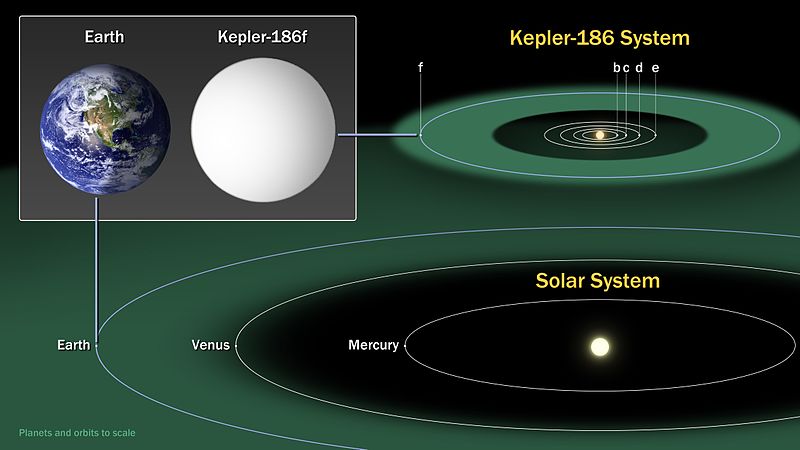This seems like a very simple question. But as this video from vsauce shows, it’s anything but. This goes into things way past my middle school classroom, including general relativity, spacetime, and geodesics. Things are simplified in middle school, and it’s still a difficult thing for kids to get. More below the video.
In middle school we’re more interested in the Newtonian view rather than the spacetime view. For us, down is towards the center of the Earth. It’s the same for people on the other side of the Earth (say in Australia (I’m in New Jersey, USA)). For them, down is still towards the center of the Earth, but that’s in a different direction. My down and their down point in close to opposite directions. That’s because the concept of “down” is a local direction, not a universal one. My down is different from the down of my friend who lives in New Zeeland. This can be a difficult thing for 13 year olds to understand. It helps to show it on a globe, with little stick figures drawn on a folded up sticky notes.

